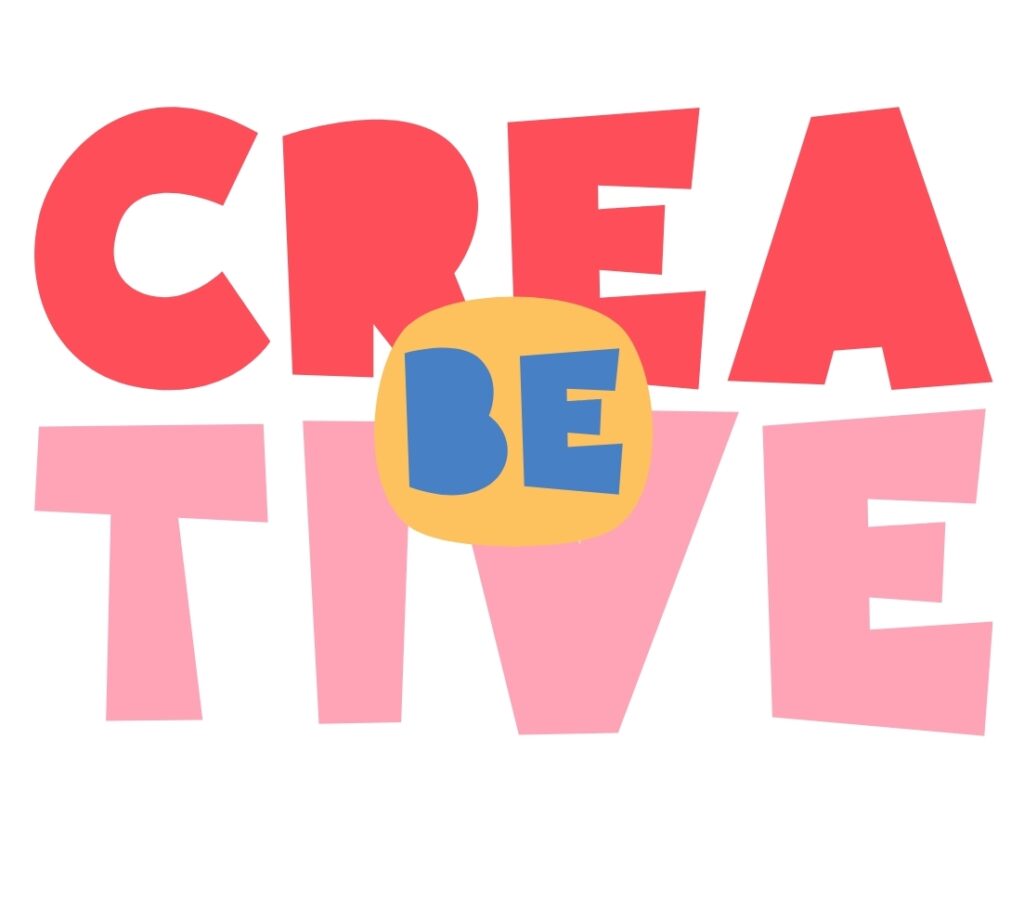
By far the main reason to repair and care for the clothes that you already own is to protect the environment from further destruction. Mending keeps garments in use rather than ending up in landfill.
Globally, the fashion industry produces around 92 million tons of textile waste annually and is responsible for 20% of global water waste and 10% of global carbon emissions.
Garments made of nylon or polyester shed microfilaments when washed that pollute our waterways with an estimated half a million tons of these contaminants reaching the ocean each year.
Only about 25% of clothes donated to charity shops are sold in those stores. That means the majority of your donated items—up to 75%—will be sent overseas or to landfill.
There are currently enough garments on our planet to clothe the next SIX GENERATIONS.
Our relationship with clothes is simply not sustainable

Mending is a radical act of care in a fast fashion system that thrives on carelessness. Wearing your mends visible and proud sends a message of protest to the fast fashion industry who are massively contributing to the climate change crisis. It’s workers, usually women and children, often work long hours in unsafe and inhumane conditions and receive less than the living wage.
“Mending your clothes to make them last longer is a disruptive practice that goes against the grain of the fast fashion cycle” TOM OF HOLLAND

As well as giving you a sense of personal achievement and satisfaction, when we repair something by hand, our motor skills are honed and our head is fully engaged, leaving a sense of calm and balance.
The meditative, repetitive and multi-sensory properties of mending provide a healthy distraction from stress.
A study at Harvard Medical School discovered that repetitive hand-based actions, such as stitching create a measurable state of relaxation, slowing down the heart rate and lowering blood pressure. Repairing something by hand can’t be rushed; it is inherently a slow process that requires concentration and care.
‘Repairing is Caring’…. for your wardrobe, your mental health, your wallet and the planet.

Mending prolongs the life of a favourite garment. It could be that ancient pair of Levis that are so comfortable you just can’t live without them, or something sentimental and irreplaceable that holds memories of people or times gone by, like a hand-me-down coat or hand-knitted jumper.
When a treasured garment is damaged, it can feel like losing a little piece of your history

Mending is more cost effective than buying new.
Fast fashion items may be cheap, but the low quality means replacing items frequently. Getting more longevity out of our clothes through mending saves money.
Visible Mending gives you permission to embrace the beauty of imperfection

Mending can be an artistic expression, allowing you to customise and personalise your clothing. You don’t need to be an expect either, embrace the beauty of imperfection.
Sources: Oxfam Earth.org WRAP WWF Ellen MacArthur Foundation The Guardian